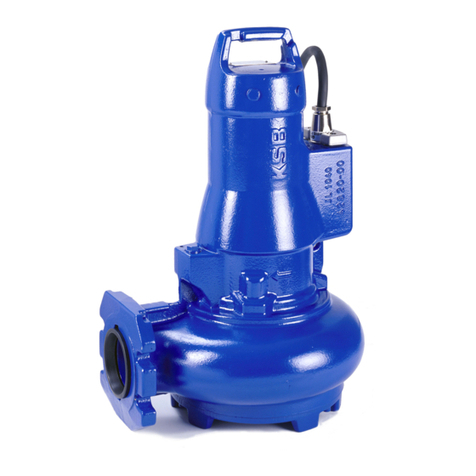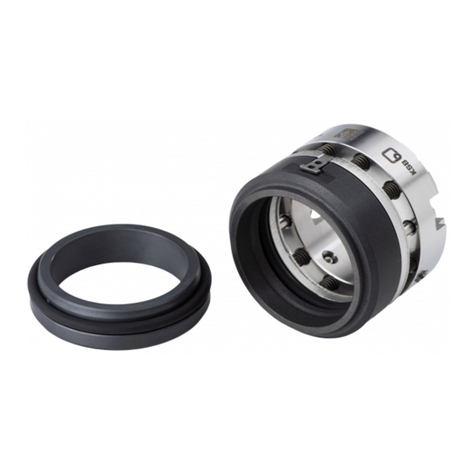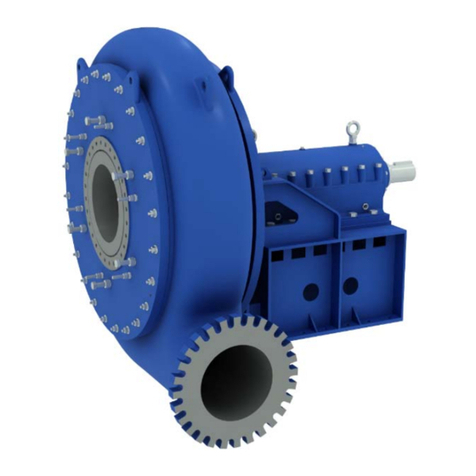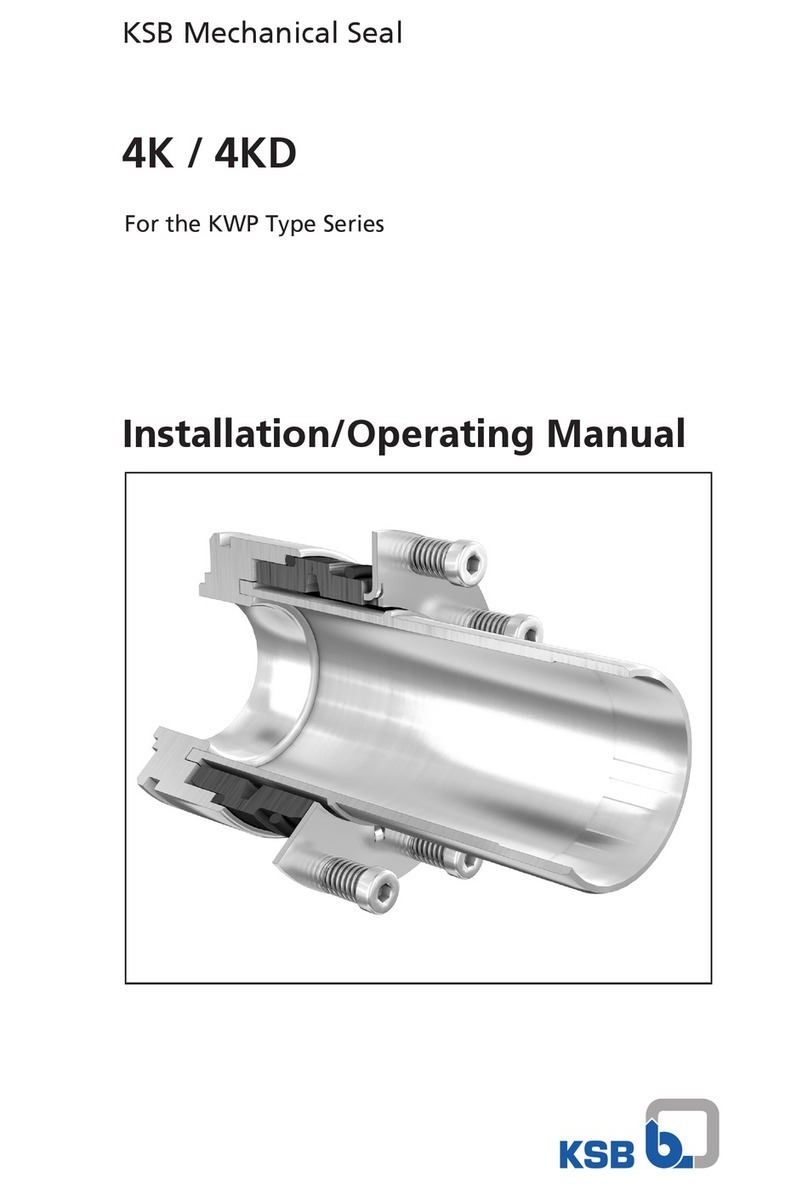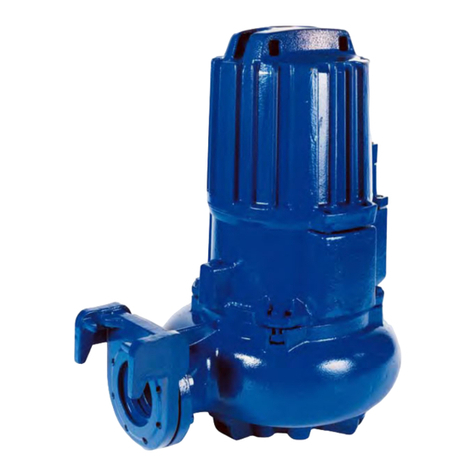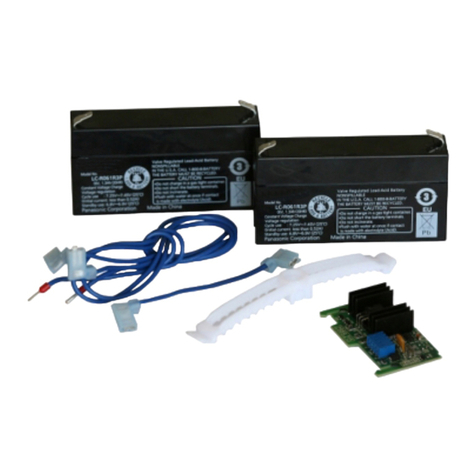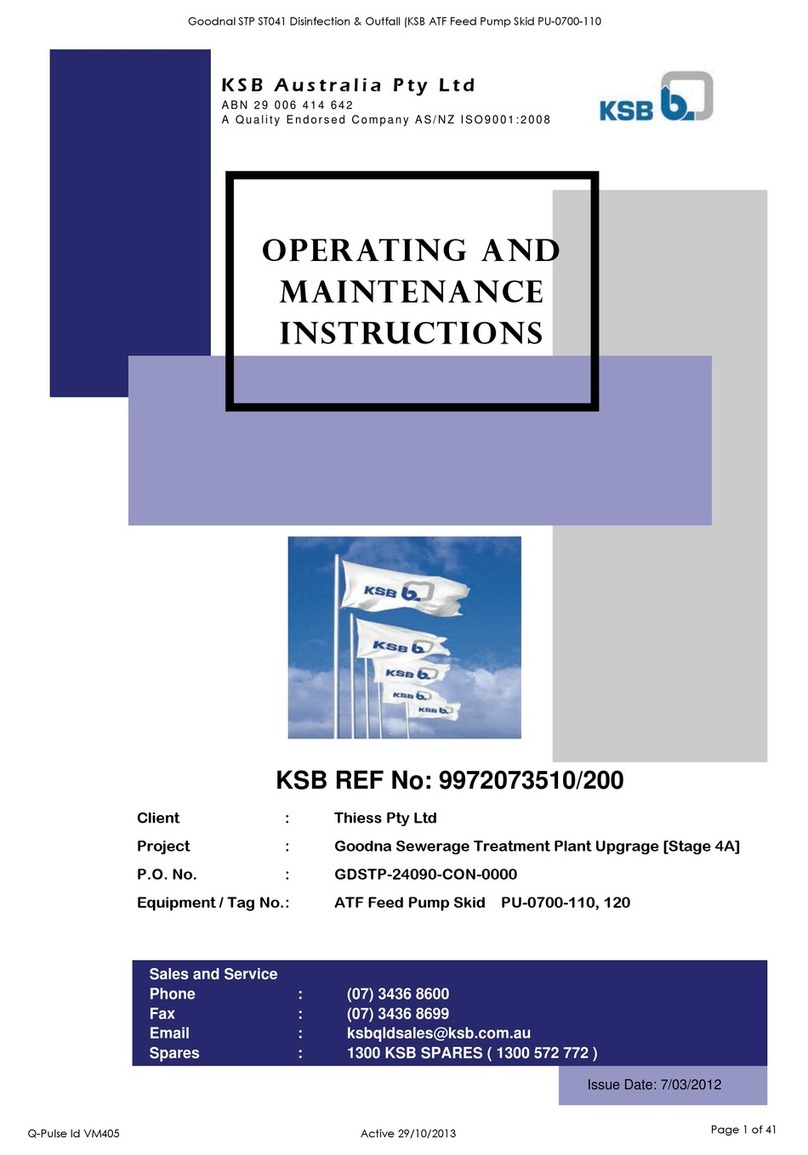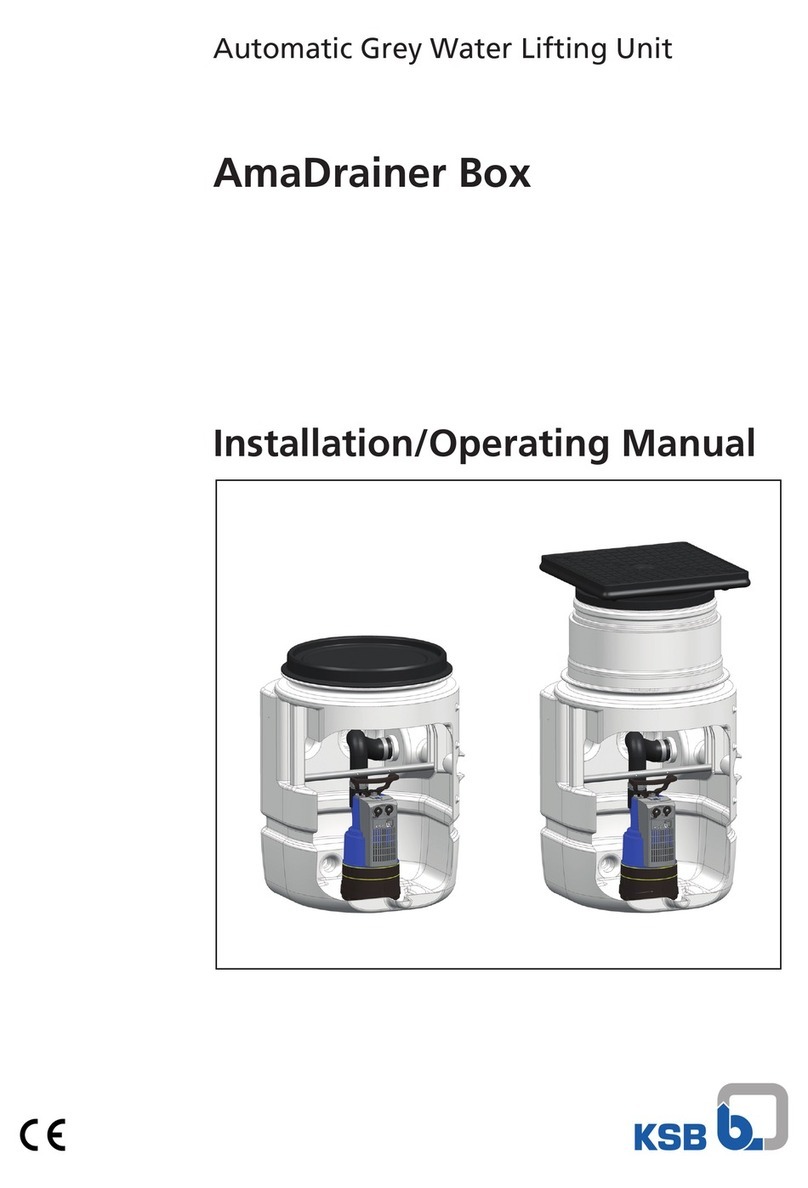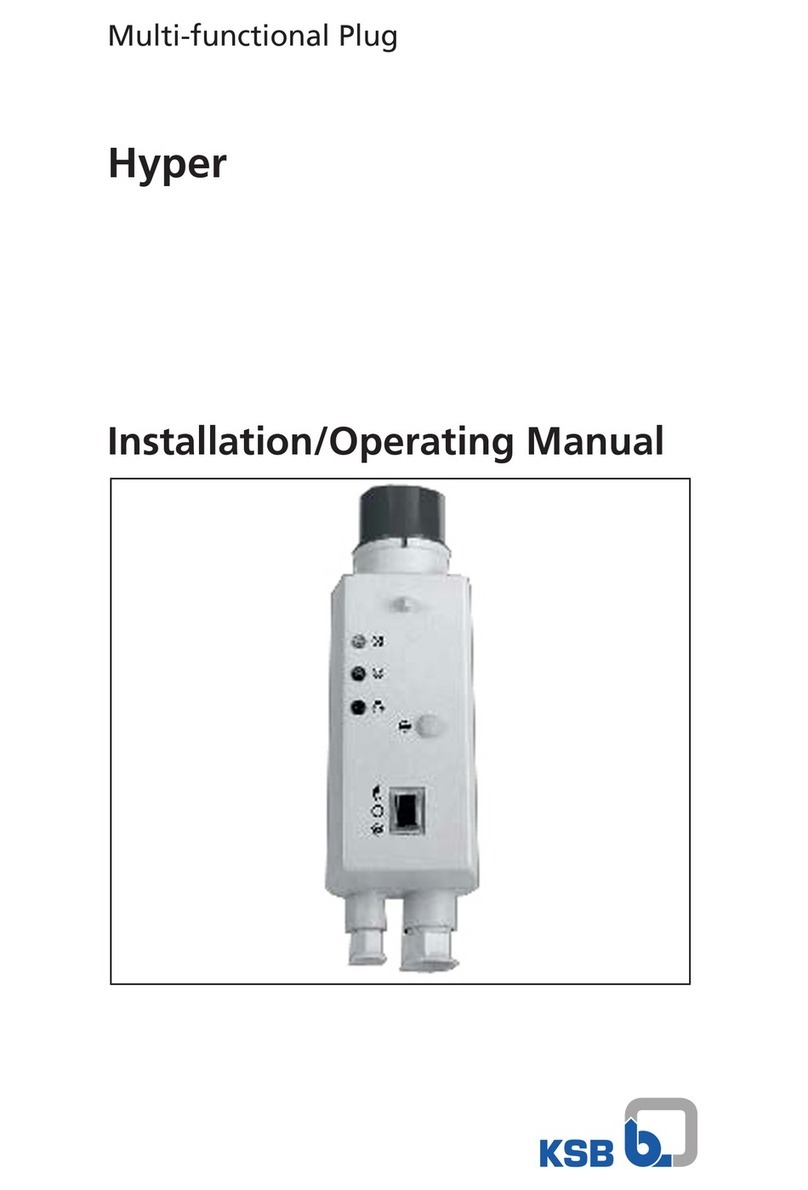
7
3. Allgemeine Hinweise
Die vorliegende Betriebsanleitung gilt für weichdichtende, zentrische
KSB--Absperrklappen (siehe Abschnitt 6).
KSB-Armaturen unterliegen in Auslegung, Herstellung und Prüfung
einem QS-System nach EN ISO 9001 sowie der Europ.
Druckgeräterichtlinie 2014/68/EU (DGR).
In einem Armaturenkonfiguration mit automatischen Antrieb das
Aggregat kann als Teilmaschinen im Sinn der Maschinenrichtlinie
2006/42/EC betrachtet werden. Die Anforderungen der Richtlinie
werden erfüllt.
Bei korrekter Montage ist ein störungsfreier Betrieb der Armaturen
gewährleistet.
Der Hersteller übernimmt für diese Armaturen keine Verantwortung,
wenn diese Betriebsanleitung nicht beachtet wird.
ACHTUNG Die Armaturen dürfen nicht außerhalb des zulässigen
Einsatzbereiches betrieben werden. Die Grenzen sind dem
Typenschild oder dem gültigen Typenblatt zu entnehmen.
Insbesondere dürfen die Werte der Druck-Temperatur-Tabellen nicht
überschritten werden. Der Einsatz außerhalb von vorgenannten
Bedingungen führt zu Überbeanspruchungen, denen die Armaturen
nicht standhalten.
Die Typenblätter sind im Internet unter www.ksb.com --
Produktkatalog abrufbar.
Das Nichtbeachten dieser Warnung kann zu Personen- und
Sachschäden führen, z. B.
-- Verletzungen durch austretende Medien (kalt/heiß, unter Druck,...),
-- Beeinträchtigung der Funktion oder Zerstörung der Armatur.
Die Beschreibungen und Instruktionen in dieser Betriebsanleitung
beziehen sich auf die Standardausführungen, gelten aber auch in
gleicher Weise für Varianten.
Bei angetriebenen Armaturen ist zusätzlich die zum Antrieb
gehörende Betriebsanleitung unbedingt einzuhalten.
Die Betriebsanleitung berücksichtigt nicht
-- Zufälligkeiten und Ereignisse, die bei Montage und Betrieb
auftreten können,
-- die ortsbezogenen Sicherheitsbestimmungen, für deren
Einhaltung -- auch seitens des hinzugezogenen Montagepersonals
-- der Betreiber verantwortlich ist.
Bei Armaturen mit Antrieb ist auch die zum Antrieb gehörende
Betriebsanleitung unbedingt einzuhalten sowie die angegebenen
Anschlußparameter und die Anbauanweisungen.
ACHTUNG Voraussetzung für das Handhaben der Armatur ist der
Einsatz von fachlich geschultem Personal.
Fehlbedienung einer Armatur kann zu nachdrücklichen Folgen für die
gesamte Anlage führen, z. B.
-- Austritt des Mediums,
-- Stillstand einer Anlage/Maschine,
-- Beeinträchtigung/Verringerung/Erhöhung der Wirkung/Funktion
einer Anlage/Maschine.
Bei Rückfragen oder im Schadensfalle wenden Sie sich bitte an die
nächstgelegene KSB-Verkaufsniederlassung.
Bei Rückfragen und Nachbestellungen, bitten wir, die
Baureihen-/Ausführungsbezeichnung, die Werk-Nr. sowie, wenn
möglich, das Baujahr anzugeben.
Die technischen Daten (Betriebsdaten) der Armaturen sind in den
technischen Dokumentationen (Typenblatt, Betriebsanleitung) der
jeweiligen Armatur aufgeführt (siehe Abschnitt 6).
Bei Rücksendung der Armaturen zum Hersteller bitte Abschnitt 5
beachten.
4. Sicherheit
Diese Betriebsanleitung enthält grundlegende Hinweise, die bei
Montage und Betrieb zu beachten sind. Daher ist diese
Betriebsanleitung unbedingt vor Montage und Inbetriebnahme vom
Monteur sowie dem zuständigen Fachpersonal/Betreiber zu lesen
und ständig am Einsatzort der Armatur verfügbar sein.
Es sind nicht nur die unter diesem Hauptpunkt Sicherheit
aufgeführten,allgemeinen Sicherheitshinweisezu beachten, sondern
auch die unter den anderen Hauptpunkten eingefügten, speziellen
Sicherheitshinweise.
4.1. Kennzeichnung von Hinweisen in der
Betriebsanleitung
Die in dieser Betriebsanleitung enthaltenen Sicherheitshinweise, die
bei Nichtbeachtung Gefährdungen für Personen hervorrufen können,
sind mit allgemeinem Gefahrensymbol
Sicherheitszeichen nach ISO 3864--B.3.1,
bei Warnung vor elektrischer Spannung mit
Sicherheitszeichen nach ISO 3864--B.3.6.
besonders gekennzeichnet.
Bei Sicherheitshinweisen, deren Nichtbeachtung Gefahren für die
Armatur und deren Funktionen hervorrufen kann, ist das Wort
ACHTUNG
eingefügt.
Direkt an der Armatur angebrachte Hinweise (wie z.B. Nenndruck)
müssen unbedingt beachtet und in vollständig lesbarem Zustand
gehalten werden.
4.2. Personalqualifikation und -Schulung
Das Personal für Bedienung, Inspektion und Montage die
entsprechende Qualifikation für diese Arbeiten aufweisen.
Verantwortungsbereich, Zuständigkeit und die Überwachung des
Personals müssen durch den Betreiber genau geregelt sein. Liegen
bei dem Personal nicht die notwendigen Kenntnisse vor, so ist dieses
zu schulen und zu unterweisen. Dies kann, falls erforderlich, im
Auftrag des Betreibers der Armatur durch den Hersteller/Lieferer
erfolgen. Weiterhin ist durch den Betreiber sicherzustellen, dass der
Inhalt der Betriebsanleitung durch das Personal voll verstanden wird.
4.3. Kennzeichnung von Hinweisen in der
Betriebsanleitung
Die Nichtbeachtung der Sicherheitshinweise kann sowohl eine
Gefährdung für Personen als auch für Umwelt und die Armatur zur
Folge haben. Die Nichtbeachtung der Sicherheitshinweise kann zum
Verlust jeglicher Schadensersatzansprüche führen.
Im einzelnen kann Nichtbeachtung beispielsweise folgende
Gefährdungen nach sich ziehen:
-- Versagen wichtiger Funktionen der Armatur/Anlage,
-- Gefährdung von Personen durch elektrische, mechanische und
chemische Einwirkungen,
-- Gefährdung der Umwelt durch Leckage von gefährlichen Stoffen.
4.4. Sicherheitsbewußtes Arbeiten
Die in dieser Betriebsanleitung aufgeführten Sicherheitshinweise, die
bestehenden nationalen Vorschriften zur Unfallverhütung sowie
eventuelle interne Arbeits-, Betriebs- und Sicherheitsvorschriften des
Betreibers sind zu beachten.
4.5. Sicherheitshinweise für den Betreiber /
Bediener
Führen heiße oder kalte Armaturenteile (z. B. Gehäuse oder
Handhebel oder Antriebe) zu Gefahren, müssen diese Teile bauseitig
vom Betreiber gegen Berührung gesichert sein.
Leckagen gefährlicher Medien (z.B. feuergefährlich, heiß) müssen so
abgeführt werden, dass keine Gefährdung für Personen und die
Umwelt besteht. Gesetzliche Bestimmungen sind einzuhalten.
Gefährdung durch elektrische Energie ist auszuschließen.
(Einzelheiten hierzu siehe Norm IEC 364 oder ähnliche
landesspezifische Vorschriften und/oder Vorschriften der örtlichen
Energieversorgungsunternehmen.
